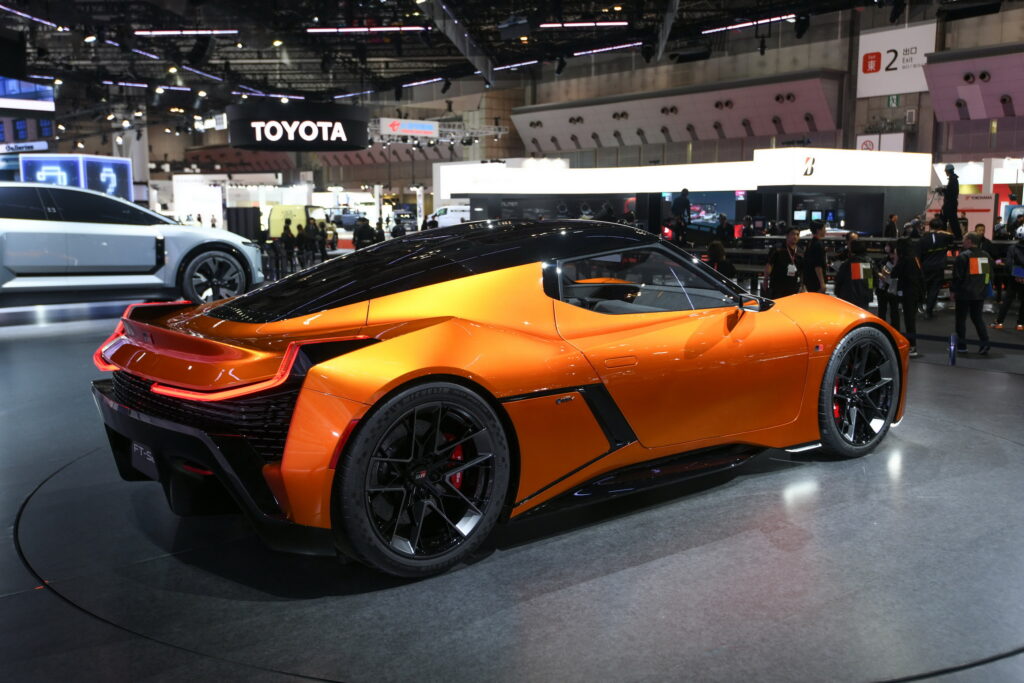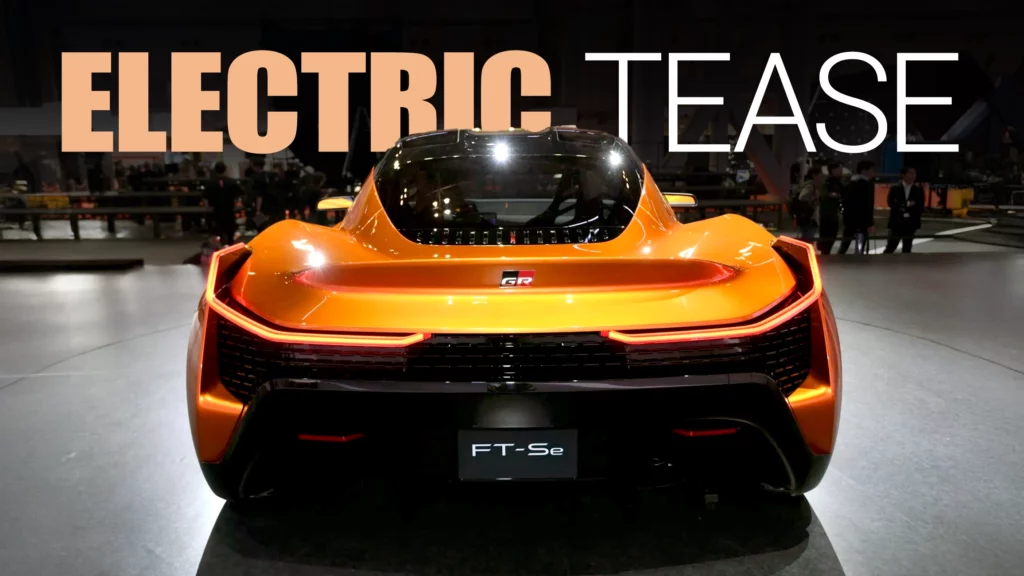- A Japanese report suggests Toyota’s FT-Se EV could debut in 2027 alongside a gas-powered version.
- Advanced battery tech from Lexus’s LF-ZC could give the electric model a serious boost in range.
- The ICE model will reportedly feature a new 2.0-liter turbocharged four paired with an AWD system.
The world needs more low-slung sports cars, and Toyota might just be gearing up to deliver not one, but two versions of last year’s FT-Se concept. At least, that’s what the rumor mill from Japan suggest.
This isn’t the first time that talk of a production FT-Se has surfaced. Yet, as with many rumors trickling out of Japan, some details remain murky and, often, contradictory. Over the years, reports have bounced between an electric-only model and a gasoline-powered variant (with various types of engines), leaving us to wonder if Toyota itself has made up its mind.
More: New Toyota MR2 Could Bring 400HP And AWD Fun For 2026
Some sources have even hinted at the notion of two separate mid-engine-style sports cars; one electric, one gasoline. But let’s be realistic here. Developing two nearly identical sports cars with entirely different powertrains doesn’t exactly scream financial prudence, especially in a segment where profit margins are slim, and buyers are few. The more plausible scenario? Toyota might follow the Dodge Charger playbook, offering a single sports car with the option of either an internal combustion or electric powertrain.
The ICE Option
Before we get to the EV, we’ll remind you that, according to the most recent reports, Toyota’s GR division plans to drop in their forthcoming 2.0-liter turbocharged four-cylinder, punching out 400 horsepower to all four wheels. If the whispers hold any truth, we might see this variant as soon as 2026. A mid-engined, AWD coupe packing that kind of power would definitely keep things interesting.
Electric Version Coming in 2027?
Then, just a year later in 2027, the all-electric version is expected to follow. According to sources from Best Car, Toyota’s electric sports car will feature next-generation batteries and dual motors, one at each axle. The base model is rumored to produce around 400 hp (298 kW), while a high-performance variant could push the envelope with upwards of 500 hp (373 kW).
The EV’s innovative battery is reportedly going to use the same technology as the upcoming Lexus LF-ZC, a car that promises to showcase Toyota’s latest advancements in electric power. These batteries will use a prismatic structure, which is said to reduce weight and significantly improve range. The LF-ZC will also have a low center of gravity because the battery modules are slimmer than traditional ones.

While Toyota already has the GR 86 and Supra in its family of sports cars, an enthusiast one could argue that there’s still room for an electric offering. The most powerful version of the Supra tops out at 382 hp, and while a more potent GRMN version is in the works, it isn’t expected to get close to the 500 hp mark like the EV could.
As for design, there’s no word on how close the production model could look to the FT-Se, but we do suspect many of the concept’s key design features will make their way to the road car. It’ll also be relatively compact too, reportedly measuring 4,380 mm (172.4 inches) long, 1,895 mm (74.6 inches) wide, and standing 1,220 mm (48 inches) tall, making it just 1 mm (0.03 inches) longer than the Supra, 41 mm (1.6 inches) wider, and sitting 74 mm (2.9 inches) lower. Pricing is rumored to start around 10 million yen (~$67,000).
Sports Coupe Renaissance or Wishful Thinking?
Taking a step back, the barrage of reports about a supposed sea of new GR sports coupes—including the production FT-Se in both ICE and EV guises, a Celica revival, and successors to both the Supra and GR86—leaves us skeptical. Are we really witnessing a sports car renaissance from Toyota, or is this just another fantasy concocted by the rumor mill? The industry’s track record with sports car promises is patchy at best, and it’s hard to shake the suspicion that this could end up as another exercise in “what could have been.” After all, grand ambitions are easy to announce; actually delivering on them (and making a solid business case) is something else entirely.



